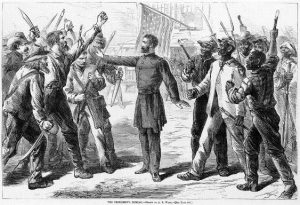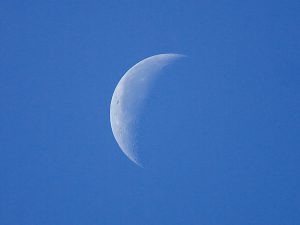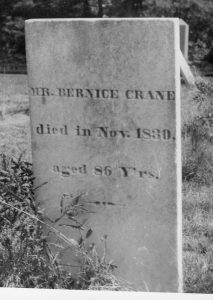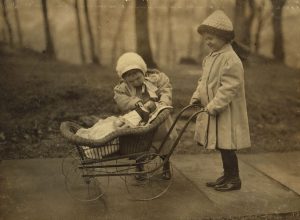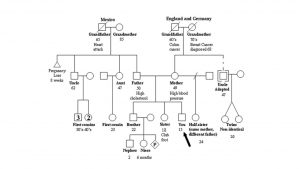
Twenty-first century genealogists enthusiastically debate the relative merits of different types of DNA testing: autosomal (atDNA), Y chromosome (Y-DNA) and mitochondrial DNA (mtDNA). But how often do you hear discussions about a medical family history or medical pedigrees? And yet knowing one’s medical family history may the best predictor of your risk or a relative’s risk of developing specific but also preventable or treatable diseases. Continue reading Medical genealogy
